Explore Articles Filed Under: The Amazon
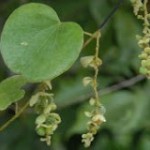
My teacher don Roberto Acho is well known as a sananguero — that is, an expert in the use of a group of plants collectively known as sanango. The best known of these plants is chiricsanango (Brunfelsia grandiflora). In fact, there are two primary Brunfelsia species, B. grandifloria and B. chiricaspi. Both of these plants are called chiricsanango; but the first is also called chuchuhuasha, and the second is also called chiricaspi.
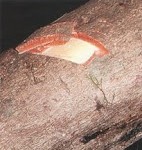
In the Amazon, products purporting to enhance male sexual potency are sold in stalls and shops all over the jungle. These drinks are probably as well known for their names as for their ingredients — Rompecalzón, Rip-Your-Shorts; Levántate Lázaro, Arise Lazarus!; Para Para, Stand up! Stand up!; Tumba Hembra, Knock Her Over; Siete Veces Sin Sacar, Seven Times Without Pulling Out; Levántate Pájaro Muerto, Arise Dead Bird!
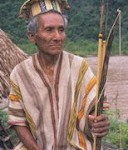
The temperature in the jungle remains pretty steady at around 85 degrees and the relative humidity at about 90 percent. You can certainly walk around the jungle naked without discomfort, at least from the weather. Still, the jungle is pretty much filled with insects and sharp objects, and many indigenous people wear clothing of one sort or another. In the Upper Amazon, the traditional dress of a number of indigenous peoples — the Matsigenka, Asháninka, Yine, Conibo, Cashibo — is the cushma.
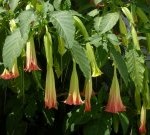
Toé is the name given in the Upper Amazon to various species of Brugmansia, primarily B. suaveolens and a wide variety of cultivars. Poet César Calvo calls toé “that other powerful and disconcerting hallucinogen.” Toé contains the primary tropane alkaloids hyoscyamine, atropine, and scopolamine; it may be mixed into the ayahuasca drink, ingested in the form of raw plant materials, or smoked in a cachimbo pipe. Toé is considered one of the most powerful plants, a strong but dangerous ally.
We have talked earlier about healing by sucking out the sickness — the phlegmosity, the pathogenic object, the dart that was projected into the patient by a sorcerer. But how does the shaman know where to suck?
I once asked don Rómulo Magin about his awareness of the spirits when not drinking ayahuasca. Don Rómulo said that he is constantly aware of being surrounded by the spirits, but he sees them roughly, vaguely; drinking ayahuasca, he said, is “like putting on glasses.” Doña María Tuesta agrees; ayahuasca makes the spirits bien claro, really clear.
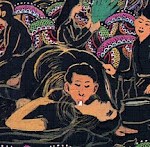
The foundational triad of mestizo shamanism in the Amazon is shacapar, rattling; chupar, sucking; and soplar, blowing tobacco smoke. Amazonian healers are classic sucking shamans. Sucking out a disease is risky, dramatic, frightening, unpredictable.
Mestizo shamanism in the Upper Amazon is expanding and declining at the same time. It is expanding at the expense of other indigenous shamanisms, and it is declining in the face of biomedicine and the reluctance of the young to undergo the sufferings required to become a shaman.
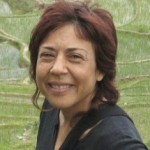
Susana Bustos is a graduate student in East-West Psychology at the California Inistitute of Integral Studies. In 2004, she began research in the Peruvian Amazonian Rainforest, working as a counselor at Takiwasi, a center for the research of traditional medicine and drug abuse rehabilitation using ayahuasca and other indigenous healing methods.
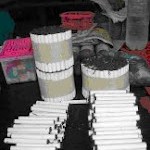
Mapacho, the tobacco ingested by shamans in the Amazon, is a species containing very high levels of nicotine and other psychoactive pyridine alkaloids — indeed, the highest nicotine levels of any tobacco species; leaves from this species contain more than eight percent nicotine, as much as twenty-six times the amount found in the common cigarette tobacco in North America. There is also reason to believe that psychoactive alkaloids other than nicotine are present in noncommercial varieties of tobacco.

Discussing the article:
Hallucinogens in Africa